![]()
![]()
![]()
Use LEFT and RIGHT arrow keys to navigate between flashcards;
Use UP and DOWN arrow keys to flip the card;
H to show hint;
A reads text to speech;
25 Cards in this Set
- Front
- Back
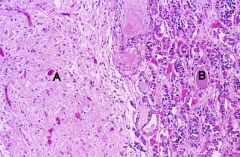
|
A. Posterior Lobe of the Pituitary Gland B. Anterior Lobe of the Pituitary Gland |
|

|
Posterior Lobe of the Pituitary Gland |
|

|
Anterior Lobe of Pituitary Gland |
|
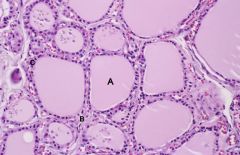
|
A. Colloid-Filled Follicles B. Parafollicular (C Cells) C. Follicular Cells |
|
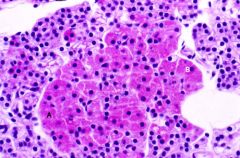
|
A. Oxyphil Cells B. Parathyroid Cells |
|
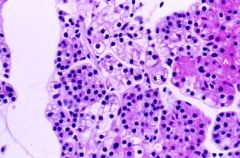
|
A. Oxyphil Cells B. Parathyroid Cells |
|
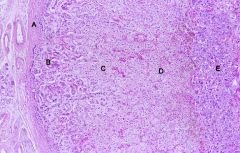
|
A. Capsule B. Zona Glomerulosa C. Zona Fasciculata D. Zona Reticularis E. Adrenal Medulla |
|
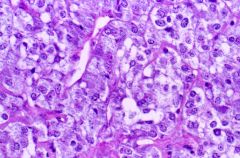
|
Adrenal Medulla |
|
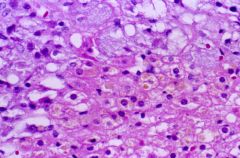
|
Zona Reticularis |
|
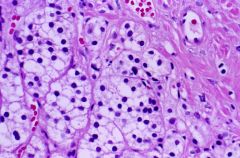
|
Zona Glomerulosa |
|
|
What is systole? |
ventricular contraction |
|
|
What is diastole? |
ventricular relaxation |
|
|
What is the cardiac cycle? |
Equivalent to one complete heartbeat - during both atria and ventricle contraction and then relaxation. |
|
|
What is the heart sound of "lub" and "dub"? |
A sequence of designated lub-dup pause, lub-dup pause etc. The lub refers to as S1 and is associated with closure of the AV valves at the beginning of ventricular systole. The dub refers to as S2 occurs as the semilunar valves close and correspond with the end of ventricular systole. |
|
|
Which sound is the "first" heart sound and which is the "second" heart sound? |
First Heart Sound= "lub" Second Heart Sound = "dub" |
|
|
Which heart sound is longer in duration and louder? |
Lub can be heard the loudest at the mitral area. This sound represents the closure of the mitral and tricuspid valves and is a low pitched, dull sound at the beginning of ventricular systole. |
|
|
What is pulse? |
refers to the alternating surges of pressure in an artery that occur with each contraction and relaxation of the left ventricle. |
|
|
What is pulse rate? |
Pressure surges per minute; equals the heart rate; beats per minute. |
|
|
What is the average pulse? |
70 to 76 beats per minute in the resting state. |
|
|
Equation for Cardiac Output |
CO = HR * SV |
|
|
Equation for Blood Pressure |
BP= CO * PR |
|
|
What occurs at the P wave? |
SA nodes generate impulse; atrial depolarization begins. |
|
|
What occurs at the P wave? |
Impulse delayed at AV nodes. |
|
|
What occurs at the Q wave region? |
Impulse passes to heart apex; ventricular depolarization. |
|
|
What occurs at the QRS complex? |
Ventricular depolarization completed. |

